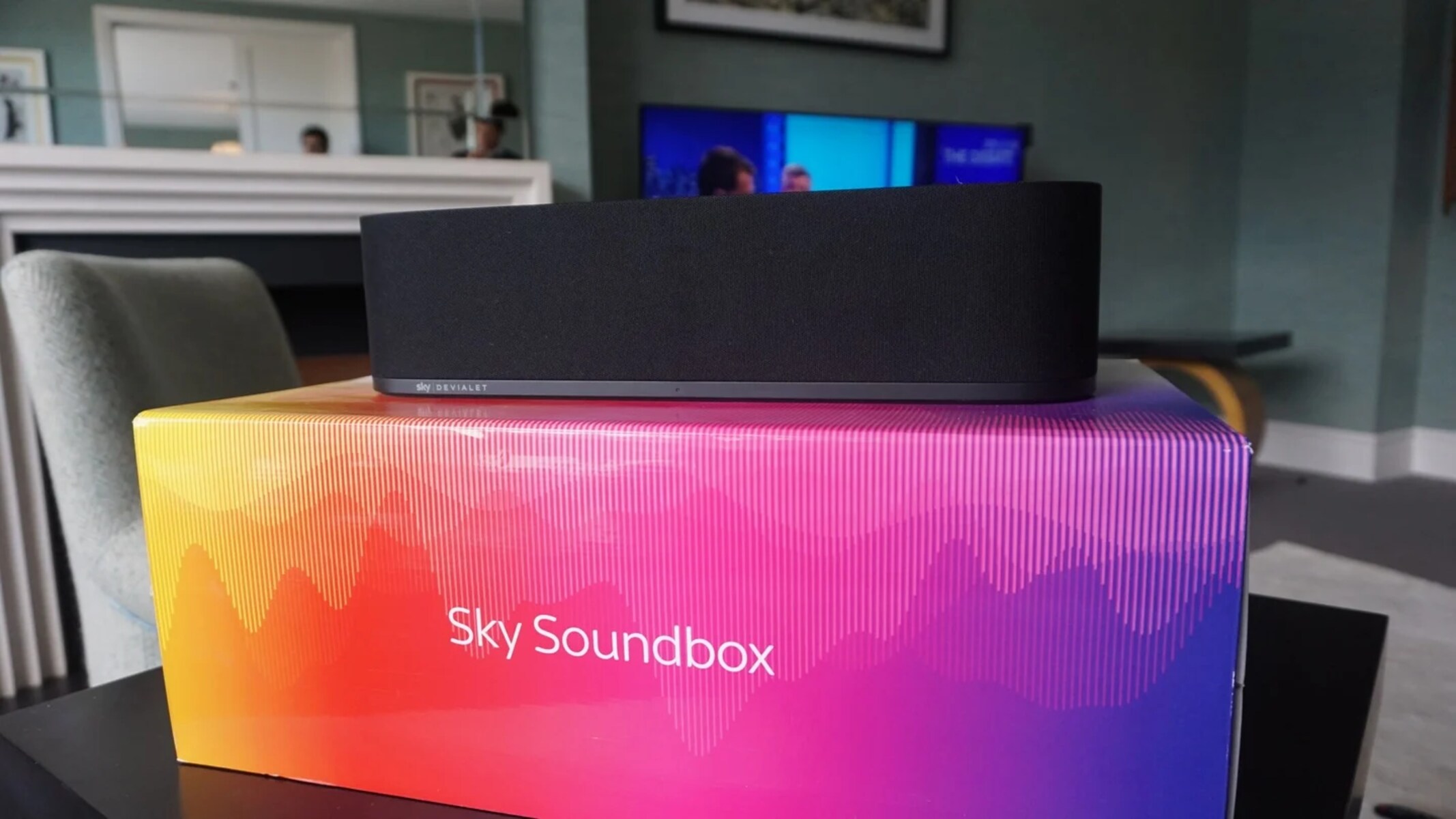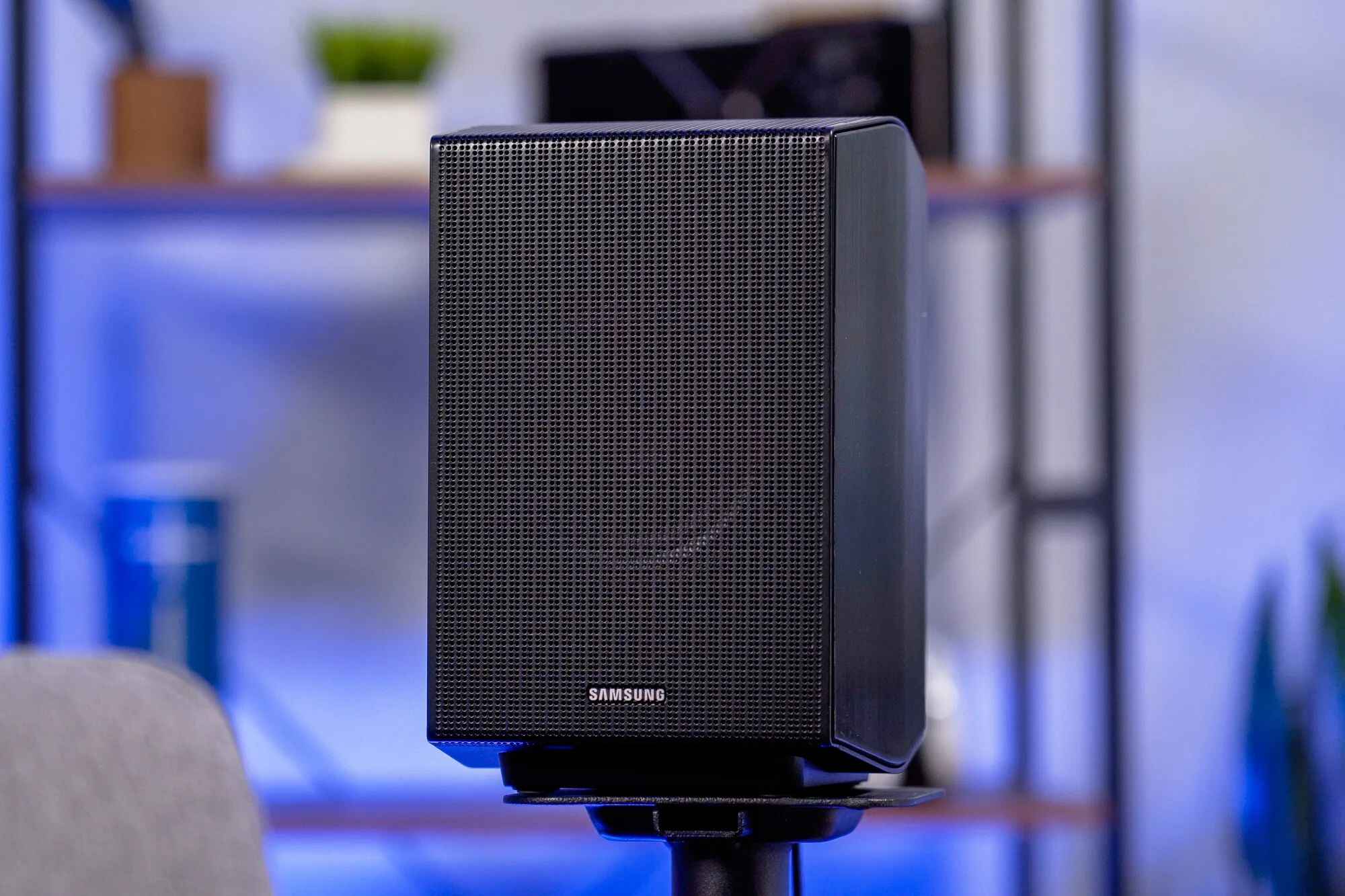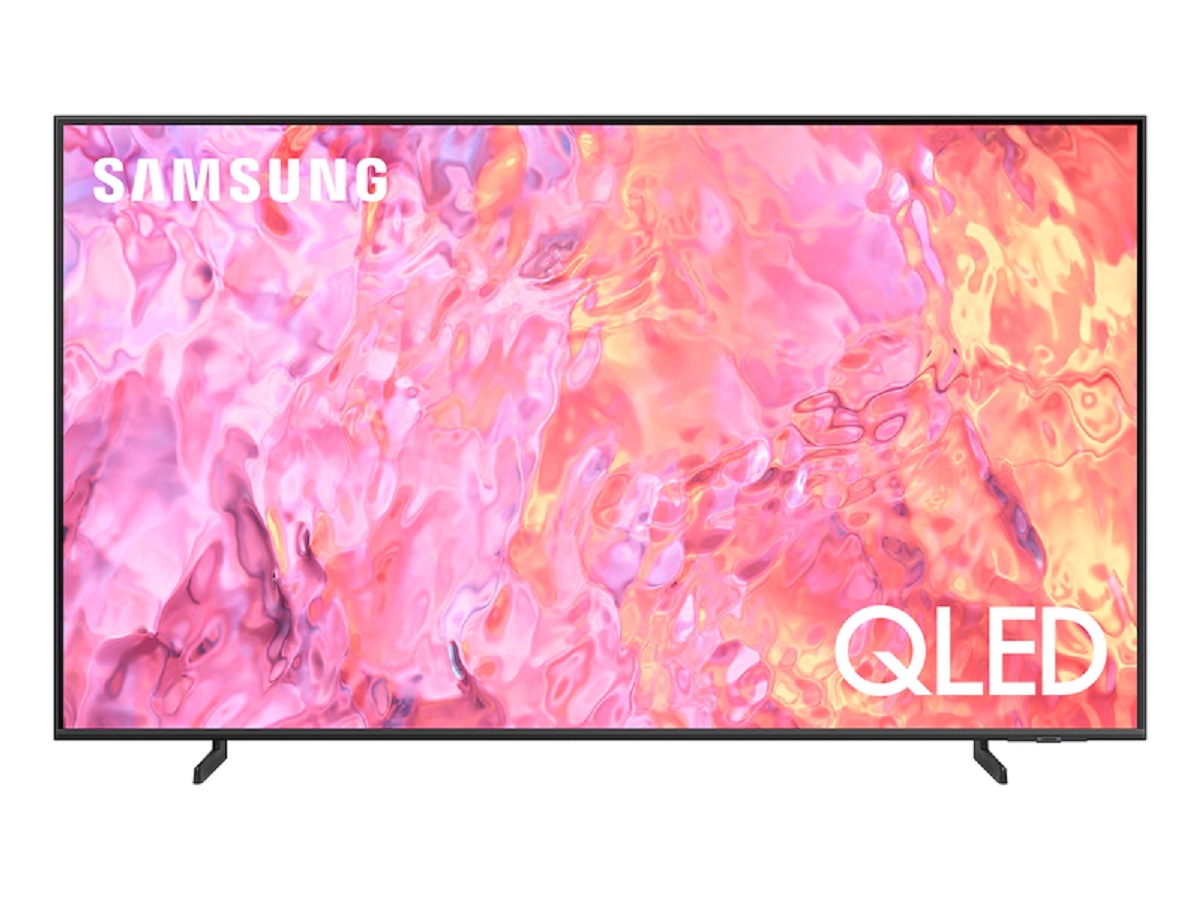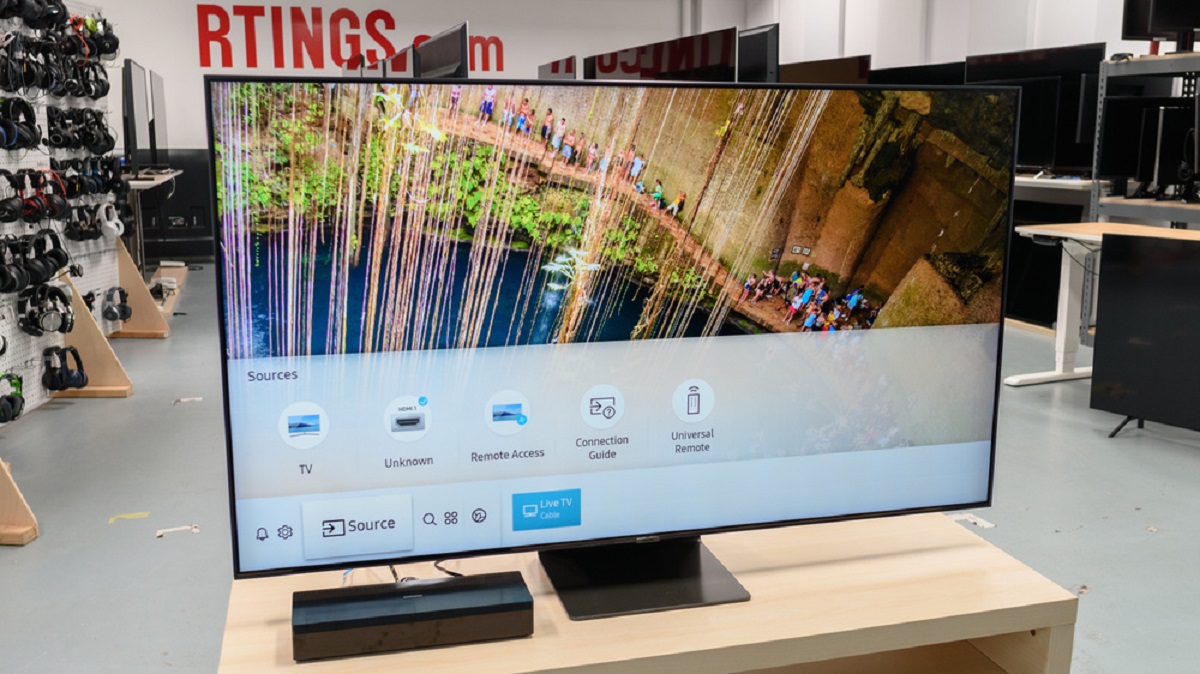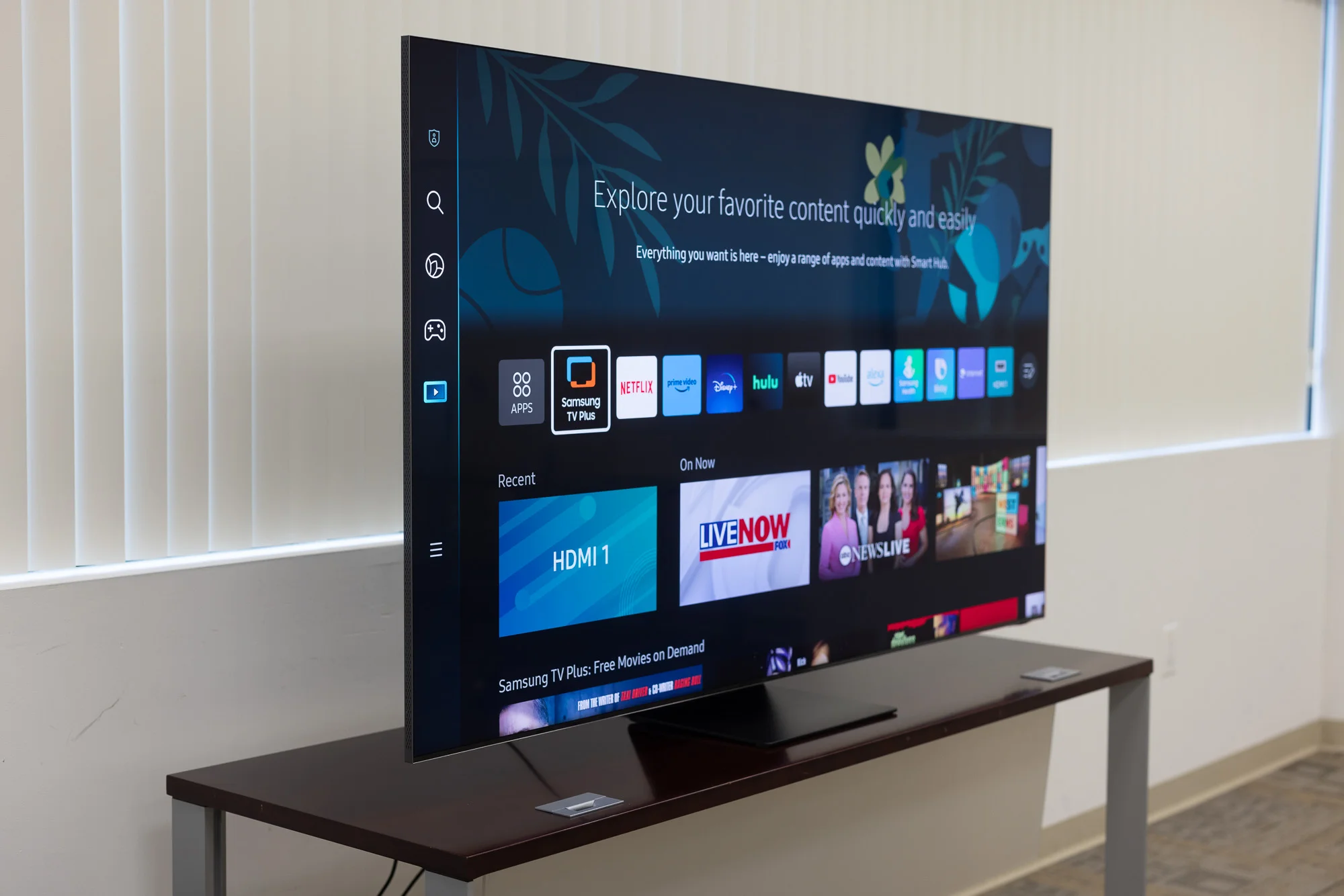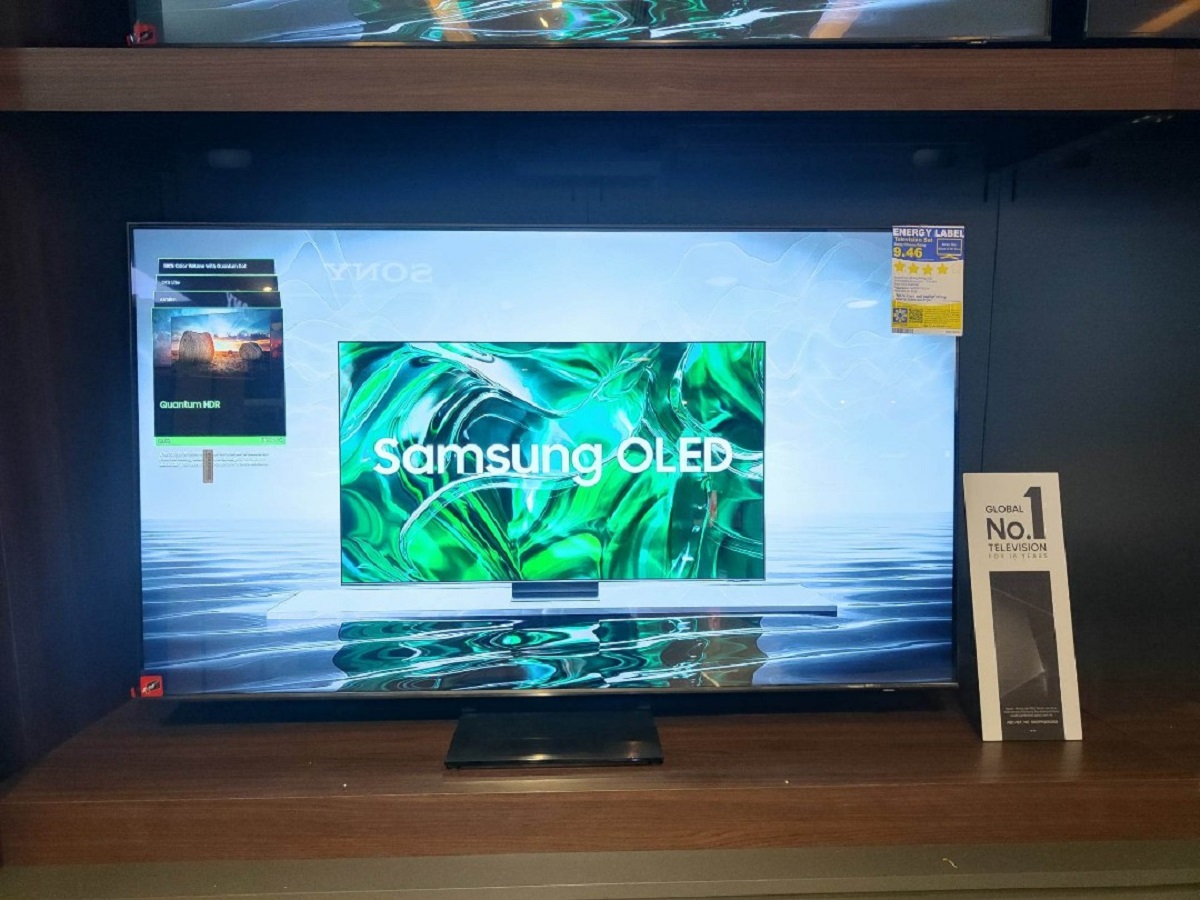Introduction
Welcome to the world of surround sound! If you’re looking to enhance your audio experience while enjoying your favorite shows and movies on your Sky Q box, connecting it to a surround sound system is the way to go. By doing so, you can immerse yourself in rich, multidimensional sound that brings your entertainment to life.
In this article, we’ll guide you through the process of connecting your Sky Q box to a surround sound system. We’ll explore the different audio connections available and walk you through the steps required to set up a seamless audio experience. Whether you have a home theater system or a simple soundbar, we’ve got you covered.
Before we dive in, it’s important to note that the steps outlined here are applicable to most surround sound systems and Sky Q boxes. However, it’s always a good idea to consult the user manuals provided by your specific devices for any unique instructions or specifications.
Without further ado, let’s get started on our journey to transform your audio setup and elevate your entertainment experience!
Note: Throughout this article, we’ll be using terms such as “Sky Q box” and “surround sound system.” These are common terms to refer to the equipment mentioned, but it’s important to ensure that you are using the correct terminology for your specific devices.
Checking the compatibility of your Sky Q box and surround sound system
Before diving into the connection process, it’s crucial to ensure that your Sky Q box and surround sound system are compatible with each other. This will guarantee optimal audio performance and prevent any potential compatibility issues.
Here are a few key points to consider:
- Audio capabilities of your Sky Q box: Check the specifications or user manual of your Sky Q box to confirm its audio output capabilities. Most Sky Q boxes support Dolby Digital or Dolby Digital Plus audio formats, which are commonly used in surround sound systems.
- Audio input options on your surround sound system: Examine the audio input options available on your surround sound system. The most common options are HDMI ARC (Audio Return Channel) and optical connections. Ensure that your system has at least one compatible input option.
- HDMI ARC support: If you are planning to connect your Sky Q box to your surround sound system using HDMI ARC, make sure both devices support this feature. HDMI ARC allows for two-way audio communication between the devices and simplifies the setup process.
- Compatibility of audio formats: Check whether your surround sound system supports the audio formats used by your Sky Q box. For example, if your Sky Q box outputs Dolby Atmos, ensure that your surround sound system is capable of decoding and reproducing this advanced audio format.
By taking these compatibility factors into account, you can ensure a smooth and optimal connection between your Sky Q box and surround sound system. Now that you have checked the compatibility, let’s move on to exploring the different audio connections available.
Understanding the different audio connections
When it comes to connecting your Sky Q box to a surround sound system, there are primarily two types of audio connections to consider: HDMI and optical.
HDMI (High-Definition Multimedia Interface): HDMI connections provide both high-quality audio and video transmission in a single cable. There are two types of HDMI connections to be aware of:
- HDMI ARC (Audio Return Channel): HDMI ARC allows for two-way audio transmission between devices. This means that you can connect your Sky Q box to the surround sound system using a single HDMI cable, eliminating the need for additional audio cables. This connection method is convenient and often offers the best audio performance.
- HDMI without ARC: If your surround sound system does not support HDMI ARC or you prefer to use a different connection method, you can still use a regular HDMI connection for video transmission. In this case, you would need to use additional audio cables, such as an optical cable, to transmit audio from the Sky Q box to the surround sound system.
Optical (Toslink) connection: An optical connection involves using an optical cable to transmit audio signals. This connection method is straightforward and can be a good alternative if your devices do not have HDMI ARC capabilities. However, it’s important to note that optical connections only support certain audio formats, such as Dolby Digital and DTS.
Now that you have a good understanding of the different audio connections available, you can choose the one that best suits your devices and preferences. In the next sections, we’ll guide you through the step-by-step process of connecting your Sky Q box to a surround sound system using these connections. Let’s get started!
Connecting your Sky Q box to a surround sound system using HDMI ARC
If both your Sky Q box and surround sound system support HDMI ARC, this is the recommended method for connecting them. HDMI ARC allows for seamless transmission of audio between the devices, simplifying the setup process. Follow these steps to establish a connection:
- Locate the HDMI ARC ports on both your Sky Q box and your surround sound system. These ports are typically labeled as “HDMI ARC” or “ARC”.
- Connect one end of an HDMI cable to the HDMI ARC port on the Sky Q box, and the other end to the HDMI ARC port on the surround sound system.
- Ensure that your TV is also connected to the surround sound system using an additional HDMI cable. This will allow for the audio to be transmitted back to the surround sound system.
- Turn on your Sky Q box, surround sound system, and TV.
- Access the audio settings on your TV and make sure the audio output is set to the HDMI ARC connection.
- Access the settings on your Sky Q box and navigate to the audio settings. Select the HDMI ARC output as the preferred audio option.
- Test the audio by playing a movie or TV show on your Sky Q box. You should now hear the audio through your surround sound system.
That’s it! You have successfully connected your Sky Q box to your surround sound system using HDMI ARC. Enjoy the enhanced audio experience while watching your favorite content.
If you encounter any issues or your devices do not support HDMI ARC, don’t worry. There is an alternative method using an optical cable, which we’ll cover in the next section.
Connecting your Sky Q box to a surround sound system using an optical cable
If your devices do not support HDMI ARC or you prefer to use an alternative connection method, you can connect your Sky Q box to your surround sound system using an optical cable. Here’s how:
- Locate the optical audio output on your Sky Q box. It is usually labeled as “Optical Audio” or “Toslink”.
- Connect one end of the optical cable to the optical audio output on the Sky Q box.
- Locate the optical audio input on your surround sound system. It may be labeled as “Optical Audio In” or “Toslink In”.
- Connect the other end of the optical cable to the optical audio input on the surround sound system.
- Turn on your Sky Q box and surround sound system.
- Access the audio settings on your Sky Q box and select the optical audio output as the preferred audio option.
- Test the audio by playing a movie or TV show on your Sky Q box. You should now hear the audio through your surround sound system.
It’s important to note that optical cables only support certain audio formats, such as Dolby Digital and DTS. If your Sky Q box outputs Dolby Atmos or other advanced audio formats, an optical connection may not be able to transmit these formats, resulting in a downgrade of audio quality.
If you encounter any issues with the audio or the setup process, refer to the user manuals of your devices for troubleshooting tips or consult customer support for further assistance.
Now that you have successfully connected your Sky Q box to your surround sound system using an optical cable, you can enjoy immersive audio while watching your favorite content.
Adjusting audio settings on your Sky Q box and surround sound system
Once you have successfully connected your Sky Q box to your surround sound system, it’s important to make sure that the audio settings are properly configured for the best audio experience. Here are some adjustments you may need to make:
On your Sky Q box:
- Access the Settings menu on your Sky Q box using your remote control.
- Navigate to the Sound & Picture settings.
- Adjust the volume control settings to match your preferred sound level. You can increase or decrease the volume to your liking.
- Explore any additional audio settings that may be available, such as audio modes or equalizer settings. These options can help fine-tune the audio output to suit your preferences.
- Save the changes and exit the settings menu.
On your surround sound system:
The specific steps for adjusting audio settings may vary depending on your surround sound system model. However, here are some general guidelines:
- Access the settings or audio menu on your surround sound system using the remote control or the control panel on the device itself.
- Explore the available audio options, such as sound modes or audio presets. These settings can enhance the audio quality and tailor the sound to your preferences.
- Adjust the speaker volumes to create a balanced sound output. This can be done individually for each speaker or using an automated speaker calibration feature, if available.
- Save the changes and exit the settings menu.
By adjusting the audio settings on both your Sky Q box and surround sound system, you can optimize the audio output and ensure a satisfying audio experience while enjoying your favorite content.
Let’s move on to the next section where we’ll discuss some common issues you may encounter and provide troubleshooting tips.
Troubleshooting common issues
While connecting and setting up your Sky Q box with a surround sound system, you may encounter some common issues. Here are a few troubleshooting tips to help you resolve them:
No audio:
- Check the connections between your Sky Q box, surround sound system, and TV. Ensure that all cables are securely plugged in.
- Verify that the correct audio input is selected on your surround sound system. Use the remote or the control panel to switch to the corresponding input source.
- Access the audio settings on your Sky Q box and confirm that the audio output is set to the connected surround sound system.
- Ensure that the volume on your Sky Q box, surround sound system, and TV are turned up and not muted.
Audio out of sync:
- Check if there is a delay setting in the audio settings of your surround sound system. Adjust the delay to synchronize the audio with the video.
- Try adjusting the lip-sync settings on your TV. This setting can compensate for any delay between the video and audio.
Unsupported audio format:
- If you have connected your Sky Q box to your surround sound system using an optical cable, ensure that the surround sound system supports the audio format output by the Sky Q box.
- If your devices support HDMI ARC, check if the audio format selected on your Sky Q box is supported by your surround sound system. Adjust the audio format settings on the Sky Q box accordingly.
Poor audio quality:
- Verify that your surround sound system is appropriately calibrated. Check the speaker levels, balance, and equalizer settings to ensure optimal sound quality.
- Ensure that your audio cables are of high quality and in good condition. Poorly constructed or damaged cables can result in audio distortion or poor quality.
- Consider upgrading your surround sound system or speakers if they are outdated or not capable of delivering the desired audio quality.
If you have followed these troubleshooting tips and are still experiencing issues, consult the user manuals or contact the customer support of your Sky Q box and surround sound system for further assistance. They will be able to provide specific guidance based on your devices.
Now, armed with these troubleshooting tips, you can overcome any obstacles that arise during the setup process and enjoy a seamless audio experience.
Conclusion
Connecting your Sky Q box to a surround sound system can greatly enhance your audio experience while watching your favorite shows and movies. By following the steps outlined in this article, you can achieve seamless integration between the devices and enjoy immersive, high-quality sound.
We started by checking the compatibility of your Sky Q box and surround sound system to ensure they are capable of working together. Then, we explored the different audio connection options, including HDMI ARC and optical cables, providing step-by-step instructions for each method.
Once connected, we discussed the importance of adjusting the audio settings on both the Sky Q box and the surround sound system. These adjustments allow you to optimize the sound output and tailor it to your preferences for an enhanced viewing experience.
In the event of common issues, we provided troubleshooting tips to help you resolve them effectively. By following these tips, you can overcome challenges such as no audio, audio out of sync, unsupported formats, and poor audio quality.
Remember, always consult the user manuals of your specific devices for any unique instructions or specifications they may have.
Now, armed with the knowledge and guidance from this article, you’re ready to connect your Sky Q box to a surround sound system and enjoy the immersive audio experience that will elevate your entertainment to new heights.







